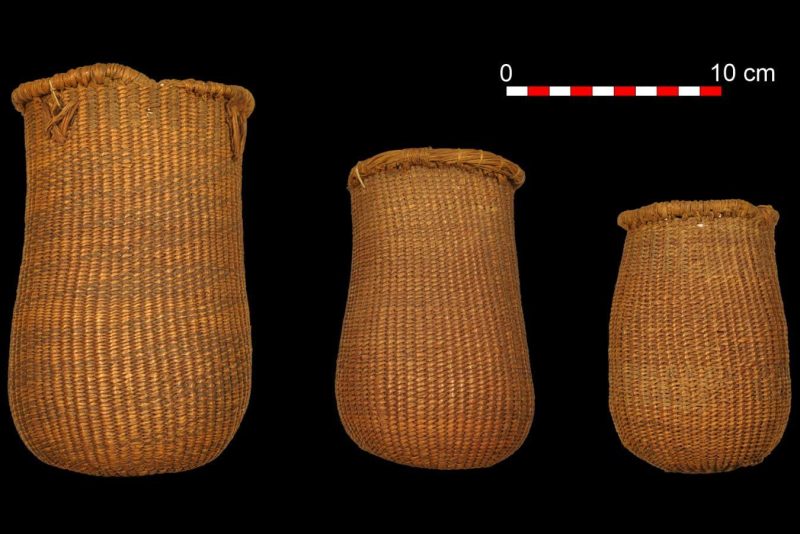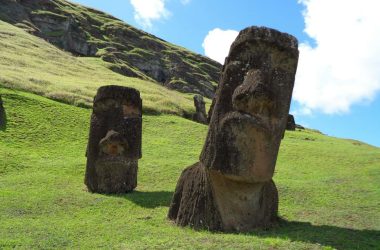A Glimpse into the Past
The discovery of intricately woven baskets and shoes in a Spanish cave reveals the remarkable craftsmanship of people living in Europe thousands of years ago.
Cueva de los Murciélagos, also known as the Cave of the Bats, was uncovered during mining activities in the 19th century. Excavations of the cave unearthed mummified corpses along with various objects, including baskets, sandals, and a wooden hammer.
Archaeologists and researchers, led by Francisco Martínez Sevilla of the University of Alcalá in Spain, have recently analyzed 76 of these artifacts. Thanks to the cave’s low humidity, these objects are considered some of the best-preserved plant-based artifacts from prehistoric Europe.
Ancient Weaving Techniques
Out of the 76 artifacts, approximately 65 were made from a fiber known as esparto grass. This includes a collection of baskets with different shapes, ranging from flat to more cylindrical designs. Sandals made by crushing and twisting the esparto grass were also among the findings.
In addition to the plant-based artifacts, the excavation also yielded wooden objects such as a hammer and digging sticks.
Discovering the Age
The team conducted carbon dating on 14 of the objects and determined that they belonged to two distinct time periods: 7950 to 7360 BC and 4370 to 3740 BC. The older artifacts originated from the Mesolithic age, suggesting they were crafted by hunter-gatherer societies. The more recent objects are believed to have been used by Neolithic farmers.
Of particular significance is the discovery of a sandal that is approximately 6000 years old, making it the oldest shoe ever found in Europe.
A Surprising Complexity
The use of plant fibers in Europe is believed to be older than previously thought. Maria Herrero-Otal, a member of the research team from the Autonomous University of Barcelona, comments, “We imagine the Mesolithic populations as simpler, but it seems that they were much more complex than we thought.”








